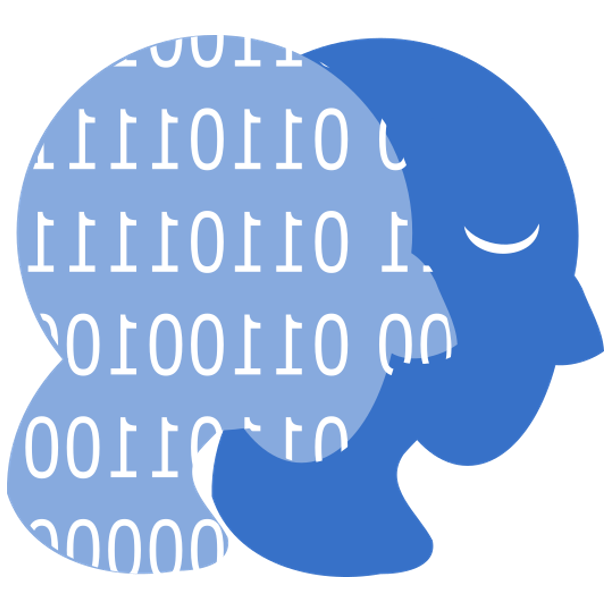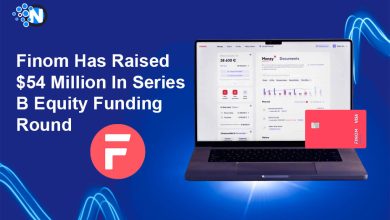What is the Purpose of a Digital Twin?

Digital twin technology is a term that is heard more and more often, but what does it mean? A digital twin is a virtual replica of a physical object or system. By creating a digital twin, businesses can improve performance analytics, identify issues early on, and even predict failures before they happen. As technology develops, digital twins will likely become an increasingly important tool for businesses of all sizes.
What is the purpose of digital twin technology?
At its core, a digital twin is designed to improve business performance. Businesses can monitor and analyze their operations more effectively by creating an accurate virtual copy of a physical object or system. It allows them to identify issues early on and take action before those problems become severe.
Digital twin technology can also be used for predictive maintenance, enabling businesses to understand how their products or systems will perform over time. With this information, they can make adjustments or plan for future failures. And with the rise of IoT (Internet of Things) devices and cloud-based data storage, it’s easier than ever to create compelling digital twins that provide valuable insights into a wide range of business processes.
Of course, digital twins are not without their limitations. To be truly effective, they must be based on accurate data and reflect the changing conditions in real time. As such, businesses need to have solid plans to collect, manage, and analyze this data to reap the full benefits of digital twin technology.
Overall, it’s clear that digital twins are becoming an increasingly important tool for businesses looking to improve their performance and stay ahead of the competition. Whether you’re a large company with complex operations or a small business looking for ways to optimize your processes, digital twins can help you gain valuable insights into everything from supply chain management to product design and development. So if you still need to start exploring this emerging technology, now is the time.

How to create a digital twin for your business or organization
Several tools and technologies can create digital twin solutions for your business or organization. At its core, this involves collecting and analyzing data from a variety of sources – including sensors, equipment performance logs, customer feedback surveys, and more – to build an accurate virtual representation of your operations.
Some common approaches to creating digital twins include using machine learning algorithms to analyze data patterns and predict issues before they occur; leveraging IoT devices to collect real-time information on product performance or system behavior; and integrating cloud computing platforms that make it easier to store, access, and analyze large amounts of data.
What benefits does it offer companies and their customers?
One of the key benefits of digital twin technology is that it can provide companies with valuable insights into their operations and help them improve performance in many areas. For example, businesses can use digital twins to monitor and analyze their supply chain processes, identify bottlenecks or other issues early on, and take action to address those problems before they become serious.
Digital twins can also be used for predictive maintenance, enabling companies to understand how their products or systems will perform over time. With this information, businesses can make adjustments based on predictions about potential failures, minimizing downtime and reducing costs. And thanks to the rise of IoT devices and cloud-based data storage, creating compelling digital twins has never been easier, giving companies access to a wide range of valuable information that can help them make better decisions and provide better service to their customers.
Are there any potential drawbacks to using digital twins
While digital twins offer many potential benefits for businesses, there are also some potential drawbacks to this emerging technology. Collecting and managing large amounts of data can be time-consuming and costly, especially for smaller companies with limited resources.
In addition, digital twin models may only sometimes be accurate or reflective of the real-world environment, which can lead to misinterpretations or unexpected outcomes. Finally, it can sometimes take work to interpret the data gleaned from digital twins to make strategic business decisions that have a meaningful impact on operations or customer satisfaction.
Despite these challenges, it is clear that digital twin technology has enormous potential for businesses looking to gain a competitive edge and provide better service to their customers.
Conclusion
Overall, digital twin technology offers many benefits for businesses of all sizes and industries. Whether you are looking to improve your supply chain processes, reduce downtime and costs through predictive maintenance, or gain valuable insights into your operations and product development, digital twins can provide you with the information and tools you need to succeed.
However, it is vital to be aware of the potential drawbacks of this emerging technology, including the time and cost involved in collecting and managing large amounts of data and the challenges involved in interpreting that data to make strategic business decisions. Despite these challenges, however, digital twin technology remains an exciting innovation area with enormous potential for businesses looking to stay ahead of the competition.




